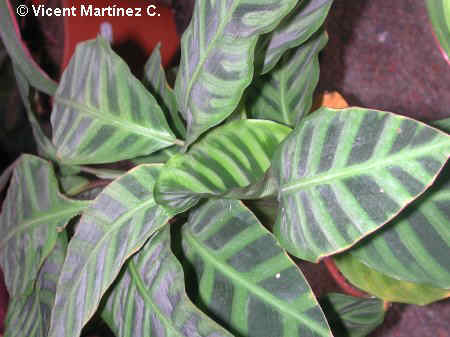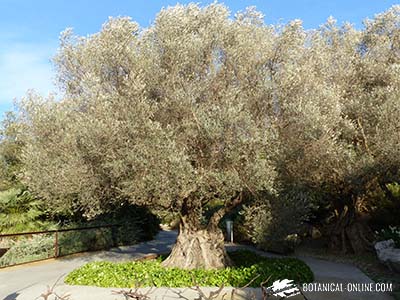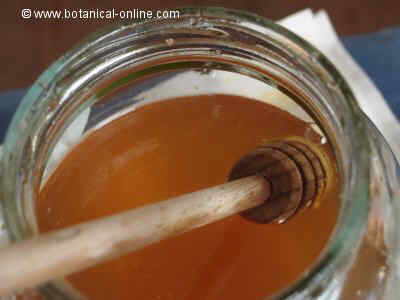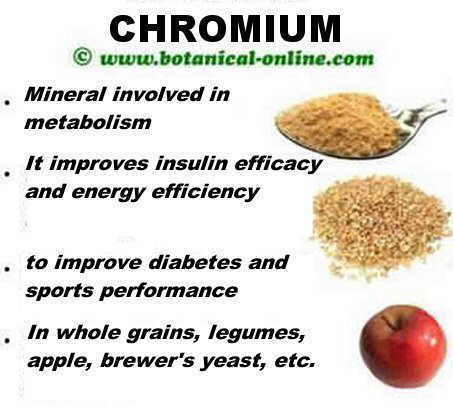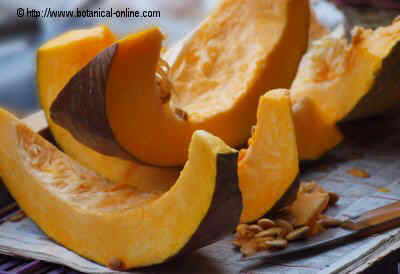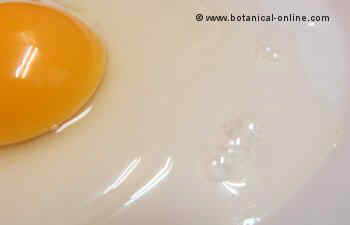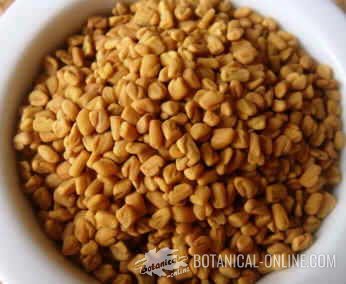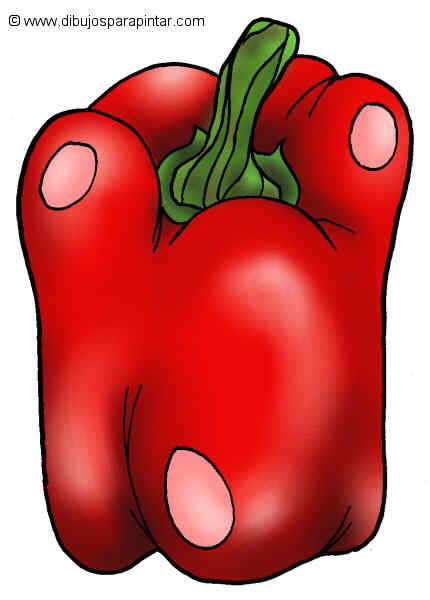Contents
Ivy description
Characteristics of ivy (Hedera helix)
Ivy is a plant that grows practically throughout Europe, in places where average winter temperatures do not fall below -2 ° C.
We can find it from the south of Scandinavia to the Iberian Peninsula, reaching by the east Cyprus and the north of Turkey.
It grows mainly in shady places in forests, walls, rocks, etc., from the level of the sea to about 1000 m of altitude. It has been introduced in many places in the rest of the world.
Its great adaptability to different types of terrain and climates has determined that, in many of them, ivy has become an invasive plant. Such is the case of the United States and Australia, where its cultivation is discouraged and information leaflets are provided explaining how to eradicate it.
Botanical description of ivy
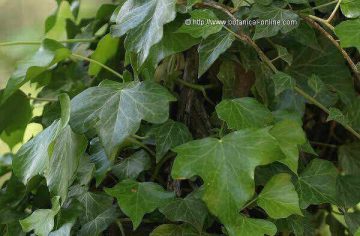
Perennial and climbing plant of the Araliaceae family up to 30 m high. Adventitious roots.
Leaves from 5 to 10 cm in length; Dark green bright above, light green on the underside; Alternate, petiolated and with innervation evident. The younger, palmately-lobulated with 3-5 lobes; The adults or those that are exposed to the sun, whole.
Yellowish green flowers 3 to 5 centimeters in diameter, arranged in clusters composed of numerous umbels. They have 5 stamens and five petals. Flowering occurs from late summer to early fall.
Berry fruits, purple or yellow black, according to the different subspecies. The fruits develop throughout the autumn and winter and mature in spring.
Types and varieties of ivy
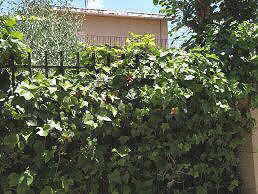
Ivy is cultivated mainly because it forms decorative curtains with their dense foliage, very suitable to cover walls, fences, etc.
From the wild ivy (Hedera helix L.) there have been obtained multitude of varieties that differ fundamentally by the leaves.
Among them we can mention the following:
- Hedera helix “Atropurpurea”: with reddish stems and leaves that change the usual green by reddish purple when autumn arrives.
- Hedera helix “Goldheart”: With admirable variegated golden colors.
- Hedera helix “Glacier”: With grayish green leaves and silvery green shades.
- Hedera helix “Pedata”: With leaves that have great lobes and very prominent veins.
- Hedera helix subsp. Hibernica: It is a subspecies of ivy with cut and triangular leaves. It is used much more than the common ivy as decorative plant. There is the Hedera helix subsp. Hibernica “Sarniensis” that has the clearest venation. Also widely used as decorative ivy. Both are commonly known as “Small-Leafed Ivy”.
![]() More information on ivy plant
More information on ivy plant

